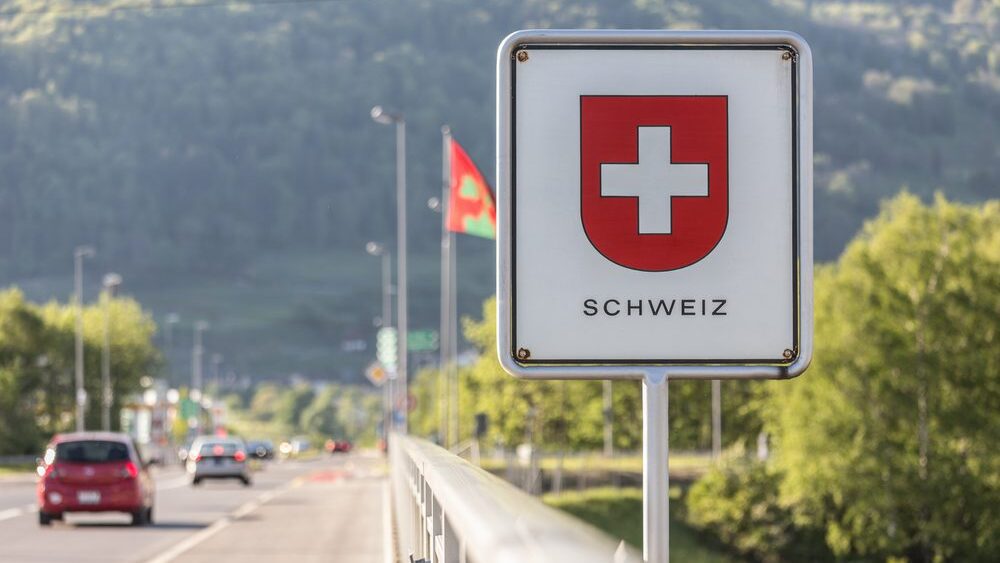Switzerland became the third Schengen country to close its land border with Italy by reinstating temporary border control measures in the southern Canton of Ticino, Italy24 reported on Sunday evening, September 24th.
The Swiss followed the initiative of France and Austria, who announced border closures last week to curb illegal entries from Italy after the country registered record numbers of migrants arriving on the island of Lampedusa for several weeks.
This means that the only land border that’s still fully open under regular Schengen rules is Slovenia’s since most migrants are heading to Western and Northern Europe after being redistributed to asylum centers across Italy.
Similarly to Norway, Switzerland is not part of the European Union but is part of the Schengen Area, and therefore maintains no hard borders under regular circumstances. But as most other borders got closed down, the Swiss had no option but to do the same to avoid migrants using the country as a backdoor to venture further west.
After the announcement to send additional border guards to Ticino, the Swiss Federal Office of Customs and Border Security (UDSC) explained that the country does not see too many illegal entries yet because the non-EU member Switzerland is not the preferred destination of North African migrants, but the move was necessary as they anticipate massive movement in the near future as the direct consequence of the French and Austrian decisions.
The Swiss federal government also acted upon pressure from Ticino, as the canton has long been complaining about having to accommodate most of the migrants who do end up in Switzerland and that its reception centers are already operating at full capacity.
For the moment, only the road and railway checkpoints will be reinstated along the Italian-Swiss border for an indefinite time, but the UDSC said it was considering employing drone patrols in the coming months, based on the strategy that’s currently being developed by the Swiss Army.
In addition to the French and Italian border closures, Berlin’s recent announcement to suspend relocations from Italy under the Dublin regulation and the EU’s voluntary solidarity mechanism also contributed to Bern’s decision.
In response to the increasingly common border closures within the Schengen Area, the responsible committee of the European Parliament adopted a proposal last week that would significantly restrict member states’ ability to do so—drawing harsh criticism from conservative MEPs, who argued that it should be every country’s sovereign right to be able to control their borders when facing extraordinary circumstances.
“Free movement can only be restored when the external border is secured and a zero-tolerance policy towards all forms of illegal entry is implemented,” MEP Charlie Weimers (ECR) said in the Parliament, pointing out that as long as the EU asylum rules fail to prevent secondary movements, the member states have no option but to protect their borders unilaterally.
Meanwhile, Rome is calling for help instead of border closures. The proportions of the current crisis are unseen since the beginning of the migration crisis in 2015, as over 130,000 migrants landed in Italy since January, twice as many as in the same period last year.
In response, Italian Prime Minister Giorgia Meloni proposed the idea of a joint European naval blockade of the most affected North African coastlines. No country has officially announced to lend part of their navies as of yet, but a survey published last week indicates that nearly 70% of the French would support their government in doing so.
EU Commission President Ursula von der Leyen also proposed a 10-point action plan on behalf of Brussels, which focuses on speeding up deportations and cracking down on traffickers. The short-term success of the strategy would also rely heavily on the solidarity of the other EU member states, which—at least in terms of relocations—seems to be lacking.






